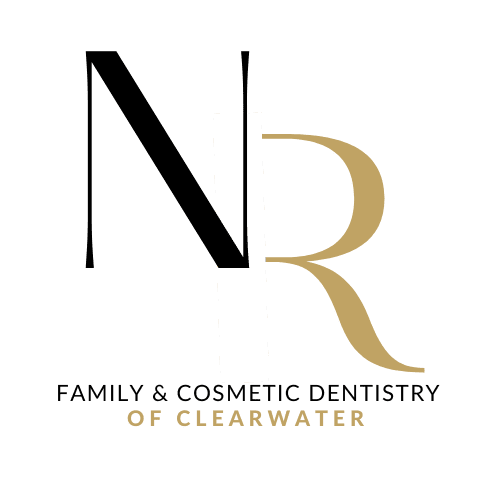
Missing teeth can lead to all kinds of problems, from difficulty speaking normally to difficulty getting proper nutrition due to difficulty eating. All this is in addition to problems with self-confidence and making a good first impression. Fortunately, cosmetic dentistry now has a few different methods for replacing lost teeth that are available to patients.
One of the most simple and reliable methods is the dental bridge. Dr. Natasha Radosavljevic — Dr. Rados, for short — a skilled dentist in Clearwater, FL wants to take a moment to explain the benefits of bridges for restoring a healthy smile.
What is a Dental Bridge?
A bridge is a kind of prosthesis (replacement part) that replaces your missing tooth and is supported by the surrounding healthy teeth. In dental terms, the artificial replacement tooth is referred to as a “pontic” (from the French word “pont” meaning bridge) while the healthy adjacent teeth that the pontic is anchored to are called abutments. The completed prosthesis crosses over the gap in your teeth just like a bridge crossing a river.
However, the teeth that the pontic will use as its’ abutments must be prepared to support the pont by being crowned or “capped.” These crowns are completed much the same way as crowns used to cover teeth treated for excessive tooth decay or damage.
First, their enamel is removed which creates enough space for the crown to fit over and completely cover them without affecting the shape of your mouth. The crowns on the abutment teeth will support the false tooth (pontic) in between although the pontic is a crown itself but without a live tooth beneath it.
Building a Bridge
As explained above, if you are missing a single tooth, your bridge will require three crowns: two to cover the abutment teeth on either side of the gap left by the missing tooth and one in between. This arrangement is known as a three-unit bridge.
If more than one tooth in a row is gone, more crowns (and possibly more abutment teeth) will be needed to build and support the bridge. Your dentist must factor in the number of teeth missing, the size, length and stability of the abutment tooth roots, and also from where in the mouth the teeth were lost when constructing your bridge.
So if you are missing three teeth, four abutment teeth may be necessary, thereby creating a seven-unit bridge. Engineering and designing the bridge requires a detailed understanding of the biology of the tooth-supporting gum and bone tissue in addition to the knowledge of how to replace teeth.
What to Expect
Bridgework can usually be completed in two visits to the dentist’s office. Local anesthetic will be administered and your abutment teeth will be prepared as previously described. Molds of the supporting teeth will be made to create three-dimensional models of your teeth, which will be used to craft the crowns. A temporary bridge will be placed during that first visit before you leave the office so that you will still be able to eat and speak relatively normally.
When your permanent bridge has been constructed and examined by your dentist, it will be permanently placed place during the second visit. It may take some time for you to become accustomed to the feel of the new bridge against your tongue, lips, and cheeks, but you will eventually come to accept it as part of your own teeth.
Caring for your Bridge
Crowned teeth require much the same care as your other teeth need. Dr. Rados recommends brushing them twice daily and flossing around them every day to reduce the build-up of dental plaque. Flossing can be challenging due to the way bridges are constructed. Talk to Dr. Rados or your area dentist for tips. If you want your dental bridge to last as long as possible, it is even more important to schedule regular cleanings with your dental provider.
Dental Bridges in Clearwater, FL
If you are in the Clearwater area and would like to discuss tooth replacement options with a skilled professional dentist or even just have a routine teeth cleaning, call 727.360.4302 or schedule online with Dr. Rados today.
